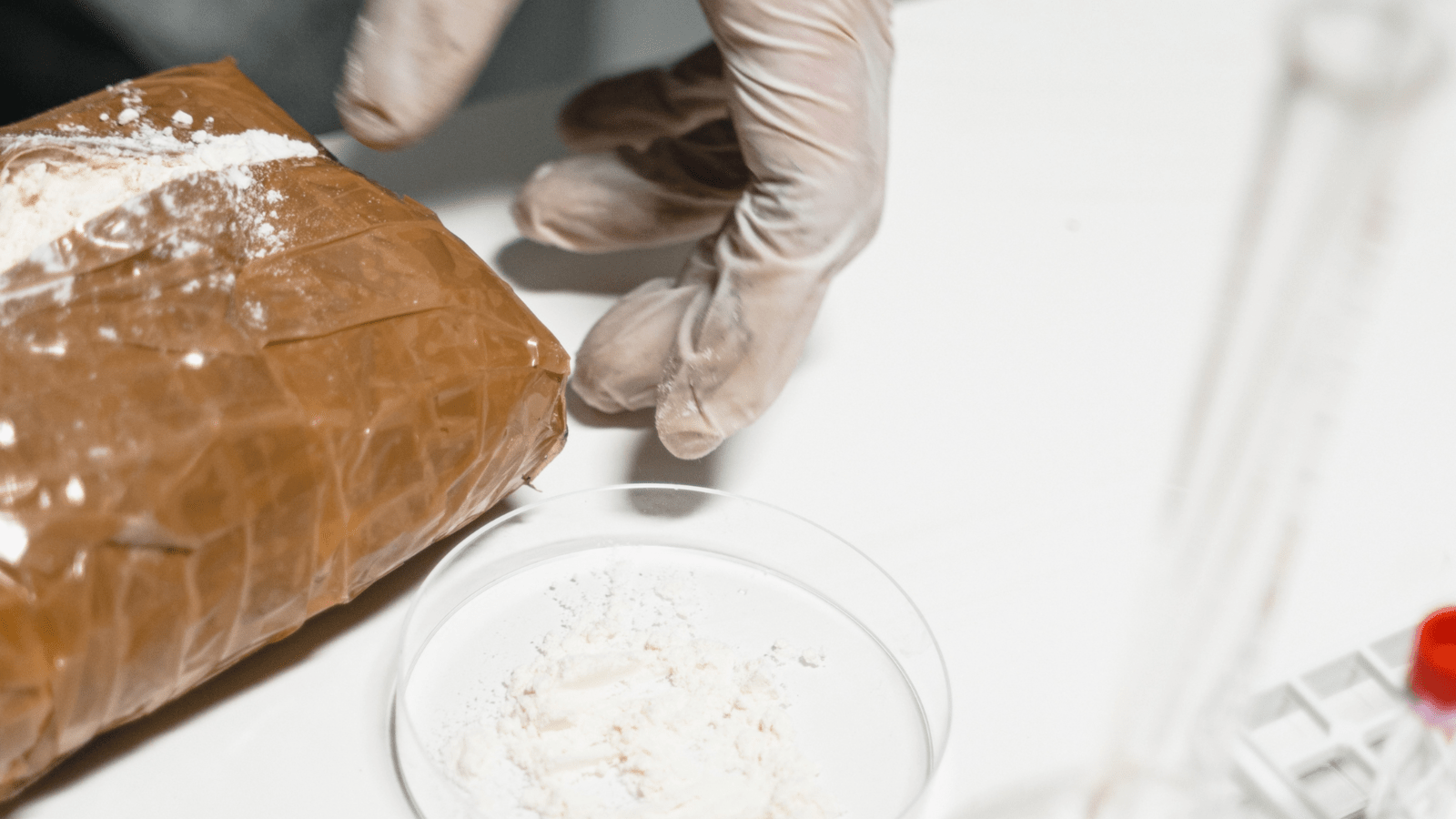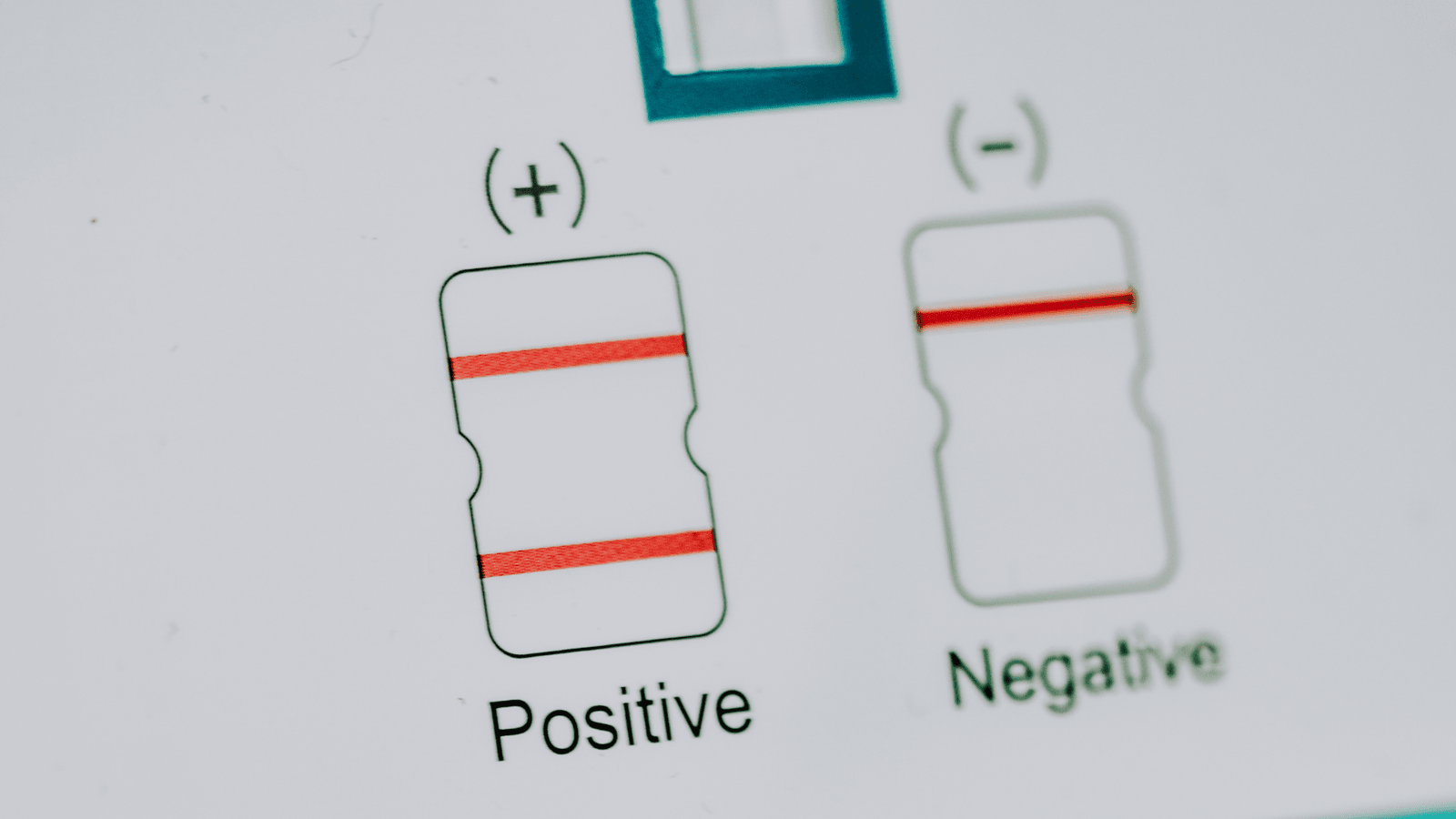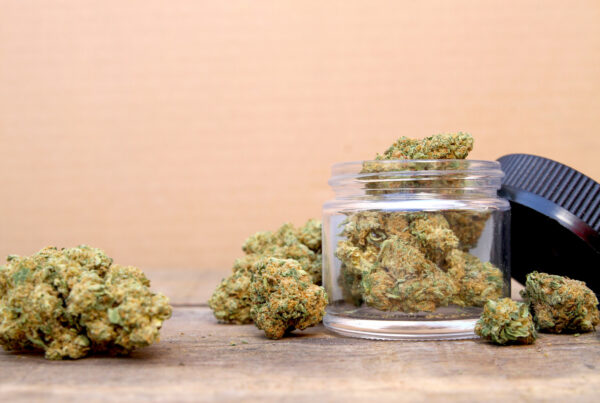Table of Contents
Key Points
- Cocaine is a powerful stimulant with a singular medical application and is a Schedule II controlled substance.
- Cocaine produces an intense rush and then an intense crash.
- The cocaine metabolite “benzoylecgonine” is generally detectable in urine samples for up to 2-3 days.
- Depending on the test, cocaine could be detected in your system for 2 to 90 days
- If you are suffering from cocaine addiction, seek treatment immediately.
Cocaine is an excitatory stimulant, which means it fires up the neurons between your brain and spinal cord. The hour-long “rush” is followed by an equally intense “crash.”
It’s an incredibly dangerous street drug that is absorbed into your blood and can be detected in urine samples for around 2 to 3 days, depending on several factors. The damage can lead to irreversible damage, overdose, and death.

Cocaine Drug Facts
Cocaine is a naturally occurring stimulant substance that is manufactured from “coca plant” leaves native to South America. In the United States, is a Schedule II controlled substance. That means it has a high potential for addiction and is only FDA-approved for topical anesthesia of the mucous membranes in the throat and nasal cavities.[1]
According to US Customs and Border Protection, it is illegal to bring coca leaves into the United States for any purpose or for any form of consumption, from brewing tea or for chewing.
It is hypothesized that coca tea drinkers may test positive for cocaine following a drug test. There was a documented incident in scientific literature where a South American woman failed a pre-employment drug test after she consumed coca tea following a surgical procedure.[2]
History
Famously, cocaine used to be an ingredient in “Coca-Cola” (hence, “coca”) until the early 1900s when it was replaced with a de-cocainized version. What most people don’t know is that the word “cola” is derived from the “kola” nut, another added stimulant that contains caffeine.
Now, cocaine is most commonly manufactured in remote, illegal laboratories.[3]
Even though cocaine came into vogue as a street drug in the 1970s, deaths attributed to cocaine weren’t recorded until 1999. Since record-keeping began in 1999 through 2021 (the last year data is available), nearly 200,000 Americans have overdosed on cocaine.[4]
For comparison: That’s nearly the entire population of modern-day Des Moines, Iowa.
Cocaine’s Mechanism of Action
Cocaine is an excitatory stimulant that increases the activity of the central nervous system. Users of cocaine most commonly report symptoms of a “rush” of euphoria which includes increased blood pressure and heart rate, dilated pupils, insomnia, and loss of appetite.[8] This rush usually lasts 15 minutes to an hour and is followed by an equally intense crash.
Cocaine binds and blocks monoamines like dopamine, norepinephrine, epinephrine, and serotonin.[5] This causes anesthesia, which is numbness, and vasoconstriction, in which blood vessels get restricted. The restriction of blood vessels causes blood pressure to rise, and Plasma esterases degrade cocaine molecules.[6]
What is the Half-Life of Cocaine?
Unfortunately for cocaine users, the half-life of cocaine is very short.
Half-life is defined as the time it takes for 50% of a substance to be eliminated from the body. Cocaine’s half-life is anywhere from 15 minutes to 1 hour.[7] Unfortunately, tolerance to cocaine develops rapidly.[8] This leads to higher and higher doses and, potentially, an overdose.
There are four main ways cocaine is administered:
- Orally (rubbing powder into gums)
- Intranasally (snorting powder)
- Intravenously (needle injection)
- Inhalation (smoking)
Of the four ways to administer, the most rapid absorption occurs in intravenous and inhalation. Orally and intranasally, they are not as quick but will still be absorbed.
Powder Cocaine vs. Crack Cocaine: What’s The Difference?
Powder cocaine and crack cocaine both contain cocaine hydrochloride but refer to different compositions of cocaine. Powder cocaine is only applicable for oral or intranasal administration, whereas crack cocaine is applicable for intravenous or inhalation administration.
The method of inhaling (smoking) cocaine is called “freebasing.” Powder cocaine has a high melting point and is difficult to burn. To get around this, cocaine hydrochloride (the base) is dissolved in water and baking soda and boiled. This has the effect of lowering the melting point, making it easier to smoke. Crack cocaine will appear as small crystallized “rocks.”
Once the freebase cocaine is heated, it will dissolve into liquid, which can be smoked using a glass pipe. It’s called “crack” because of the distinctive crackling sound it makes as it is heated.[9]
How Long Does Cocaine Stay in Your Urine?
When cocaine is absorbed into the body, it gets metabolized into energy. Some of the cocaine becomes an inactive metabolite called “benzoylecgonine.” Urine drug tests that detect cocaine are targeted against this metabolite “benzoylecgonine” and use a cut-off of 300 ng/mL.[10]
The cocaine metabolite “benzoylecgonine” is generally detectable in urine samples for up to 2-3 days.[11] However, studies have shown that street doses of cocaine are detectable for up to 1 week and extremely high doses for up to 3 weeks.[12]
What Influences How Long Cocaine Can Be Detected In Your System?
Cocaine is water-soluble, which means it will absorb into the water in your bloodstream. It will then be up to your liver to flush the toxin from your system. Just how long that takes will depend.
There are many influences on the rate of relative cocaine absorption and elimination in the body. Some of those influences are:
- Genetics
- Time since the last dose
- Frequency of use
- The potency of the last dose
- Individual metabolism
What Substances Could Cause You to Falsely Test Positive For Cocaine?

Basically, there are none. The only substance you could theoretically use and falsely positive for the drug without using the cocaine extract is if you chewed coca leaves or had coca leaf tea.
US Customs and Border Protection advises it is illegal to bring coca leaves into the United States for any purpose, making a false positive even more unlikely.
Other Cocaine Drug Tests and Detection Timelines
| Blood Test | Saliva Test | Hair Test |
| Cocaine is detectable for up to 2 days in the blood. | Cocaine is detectable for up to 2 days in the saliva. | Cocaine is detectable for up to 90 days in the hair. |
Cocaine Addiction Treatment
Substance Use Disorder treatment is the safest solution to substance addiction. At the Heights Treatment Center, we offer individually customized treatments at our tranquil recovery facility.
Treatment for Substance Use Disorder can include a combination of individual therapy, peer support, medication-assisted treatment, and adjunct treatments like Equine Therapy, Art Therapy, and Trauma-Informed Yoga.
Whatever treatment you pursue, ensure the programming aligns with your recovery goals, lifestyle, and personal history.
Overcome Cocaine Use With Safety and Support
Cocaine is a dangerous and deadly drug with a high potential for addiction. The short half-life, combined with the rapid building of your body’s tolerance, exponentially increases the risk of overdosing. If you are struggling with cocaine use, we can help.
Frequently Asked Questions
The Heights Treatment Editorial Guidelines
There is a vast amount of misinformation online especially as it relates to health & wellness. We have made it our mission at The Heights Treatment to provide accurate, medically sound content that has been medically reviewed by a doctorate level clinician so that you can trust the information contained within our website.





